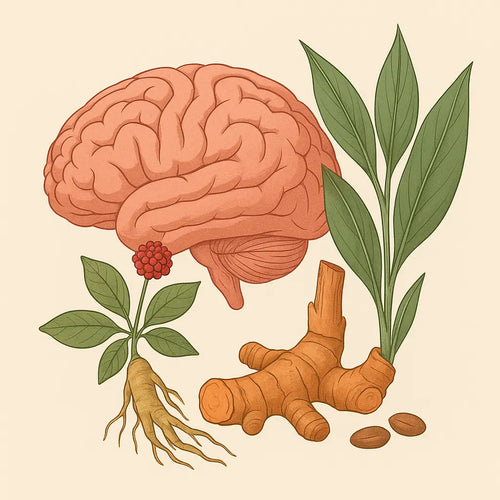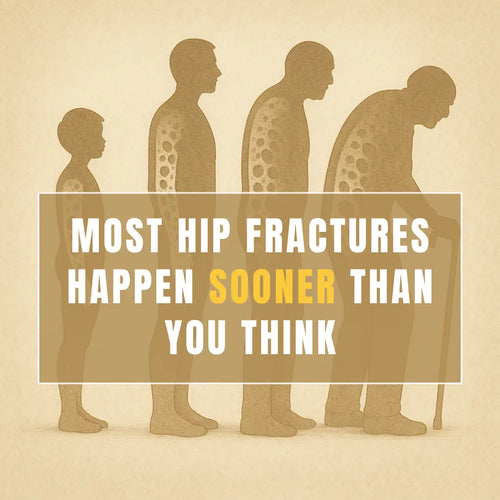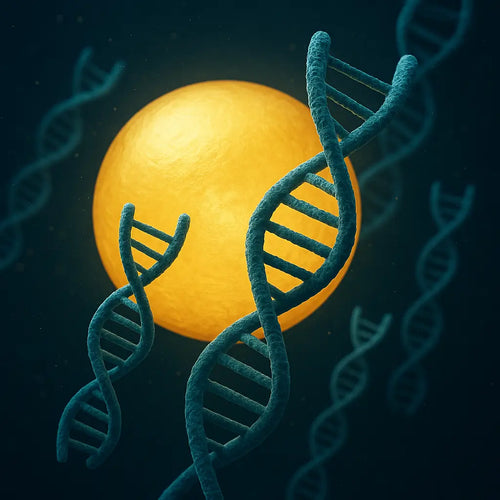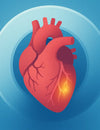Magnesium is involved in approximately 300 enzymatic reactions in the body and is even involved in the production of energy. As you can see, magnesium is a very important mineral.
How can you tell if you don’t get enough magnesium?
If you get muscle cramps, you are very likely to be deficient in magnesium. This however does not mean that you must experience cramps to benefit from magnesium.

Research has shown that patients with migraine have lower serum levels of magnesium during the migraine attacks and between the attacks compared with healthy individuals (Assarzadegan F, et al.,2016). The researchers also stated that low blood levels of magnesium are an independent factor for migraine.
It is also interesting that when magnesium was compared with a drug for treating acute migraine pain, magnesium produced a better effect after one and two hours than the drug (Delavar Kasmaei H, et.al., 2017).
Since magnesium can also help you relax, and is also supporting bone formation, why not give it a try. Even if it does not help your migraine, you will most likely benefit in other ways.

Look for magnesium in the form of an amino acid chelate like magnesium glycinate, since that is both better absorbed and tolerated than magnesium oxide which is the most common form on the market, because it is very cheap to manufacture.
It is also better to take minerals in a formula which contains the other common minerals. Taking only one mineral, may result in a decrease of another one since some minerals are affected by each other.
References
Assarzadegan F, Asgarzadeh S, Hatamabadi HR, Shahrami A, Tabatabaey A, Asgarzadeh M. Serum concentration of magnesium as an independent risk factor in migraine attacks: a matched case-control study and review of the literature. Int Clin Psychopharmacol. 2016 Sep;31(5):287-92.
Delavar Kasmaei H, Amiri M, Negida A, Hajimollarabi S, Mahdavi N. Ketorolac versus Magnesium Sulfate in Migraine Headache Pain Management; a Preliminary Study. Emerg (Tehran).

The BMJ Formula
an easy way to effectively support bone, joints, connective tissue and neuromuscular function.









